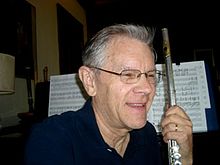
Elvin Ray Jones was an American jazz drummer of the post-bop era.

Transition is an album of music by jazz saxophonist John Coltrane, recorded in 1965 but released posthumously only in 1970. As its title indicates, Transition was a bridge between classic quartet recordings like A Love Supreme and the more experimental works of Coltrane's last years.
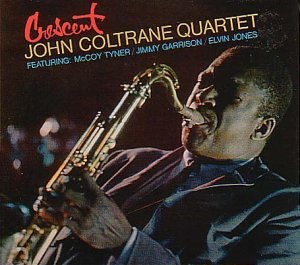
Crescent is a 1964 studio album by jazz musician John Coltrane, released by Impulse! as A-66. Alongside Coltrane on tenor saxophone, the album features McCoy Tyner (piano), Jimmy Garrison and Elvin Jones (drums) playing original Coltrane compositions.

The Real McCoy is the seventh album by jazz pianist McCoy Tyner and his first released on the Blue Note label. It was recorded on April 21, 1967 following Tyner's departure from the John Coltrane Quartet and features performances by Tyner with tenor saxophonist Joe Henderson, bassist Ron Carter and drummer Elvin Jones. Producer Alfred Lion recalls the recording session as a "pure jazz session. There is absolutely no concession to commercialism, and there's a deep, passionate love for the music embedded in each of the selections".

Speechless is a 1981 solo album by English guitarist, composer and improviser Fred Frith of the group Henry Cow. It was Frith's third solo album, and was originally released in the United States on LP record on The Residents' Ralph record label. It was the second of three solo albums Frith made for the label.
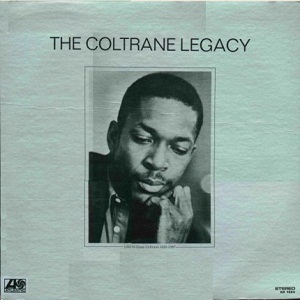
The Coltrane Legacy is a compilation album credited to jazz musician John Coltrane, released in 1970 on Atlantic Records, catalogue SD 1553. Issued posthumously, it consists of outtakes from recording sessions which yielded the albums Olé Coltrane, Coltrane Plays the Blues, Coltrane's Sound, and Bags & Trane. All selections were previously unreleased.
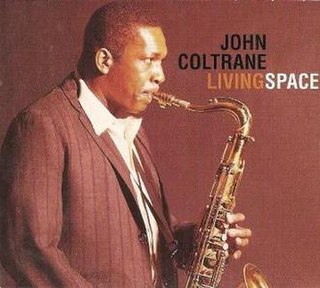
Living Space is a compilation album by jazz musician John Coltrane. Released posthumously by Impulse! Records on March 10, 1998, it features pieces recorded in 1965. Almost all of them had been previously issued on the Kulu Sé Mama CD reissue and on The Mastery of John Coltrane, Vol. 1: Feelin' Good. The only previously unissued track is "Last Blues".

Reflections is the second album by Steve Lacy which was released on the Prestige label in 1959. It features performances of Thelonious Monk's compositions by Lacy, Mal Waldron, Buell Neidlinger and Elvin Jones.

Today and Tomorrow is the fourth album by jazz pianist McCoy Tyner. It was recorded for the Impulse! label in 1963 and 1964. The two sessions featured performances by Tyner with bassist Jimmy Garrison, drummer Albert Heath, tenor saxophonist John Gilmore, trumpeter Thad Jones, alto saxophonist Frank Strozier, bassist Butch Warren and drummer Elvin Jones.

Bob Brookmeyer and Friends is a 1964 jazz album released on Columbia Records by valve trombonist Bob Brookmeyer and featuring tenor saxophonist Stan Getz.
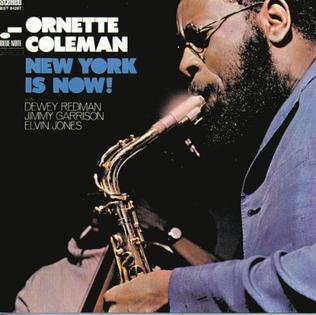
New York Is Now! is an album by the American jazz saxophonist and composer Ornette Coleman released on the Blue Note label in 1968.

Poly-Currents is an album by American jazz drummer Elvin Jones recorded in 1969 and released on the Blue Note label. Some of the musicians include tenor saxophonists Joe Farrell and George Coleman, baritone saxophonist Pepper Adams, conguero Candido Camero and bassist Wilbur Little.

The Best of John Coltrane is a 1970 compilation album released by Atlantic Records collecting recordings made by jazz saxophonist John Coltrane. The album was released shortly after his death as a part of the "Atlantic Jazz Anthology"—a series of greatest hits compilations for Atlantic jazz artists—and features performances from his brief period recording for Atlantic with new liner notes by jazz journalist Nat Hentoff.

The Prime Element is a jazz album by jazz drummer Elvin Jones, originally released in 1976 as part of the "Blue Note Re-issue Series". The pieces compiled here were recorded in 1969 and 1973. The tracks from 1973 would be included on At This Point in Time in 1998. The remainder can only be found on the eight-disc Mosaic compilation The Complete Blue Note Elvin Jones Sessions, issued in 2000.
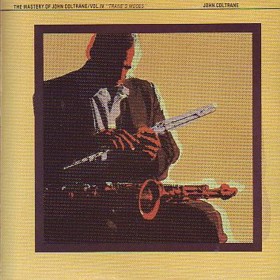
The Mastery of John Coltrane, Vol. IV: Trane's Modes is a compilation album by American saxophonist John Coltrane, released as a double LP in 1979. It features pieces recorded in 1961, two in studio and the remainder live. All the tracks were previously unissued, at the time of release. At present, "Africa " and "The Damned Don't Cry" may be found on the two-disc reissue of Africa/Brass, while all the live pieces have been included on The Complete 1961 Village Vanguard Recordings.

Super-Session is an album by pianist Tommy Flanagan, bassist Red Mitchell, and drummer Elvin Jones recorded in 1980 for the Enja label.

Eclypso is an album by pianist Tommy Flanagan, bassist George Mraz, and drummer Elvin Jones recorded in 1977 for the Enja label.

The Cool Sound of Pepper Adams is an album led by baritone saxophonist Pepper Adams which was recorded in late 1957 and originally released on the Regent label. The album was rereleased on Savoy as Pure Pepper in 1984 with an additional previously unreleased track.

Keepin' Up with the Joneses is an album by The Jones Brothers: trumpeter Thad, pianist Hank and drummer Elvin, along with bassist Eddie Jones, recorded for the MetroJazz label in 1958.

Dear Old Stockholm is a compilation album by jazz musician John Coltrane released by GRP and Impulse! in 1993. The music, which was recorded on April 29, 1963 and May 26, 1965 at Van Gelder Studio in Englewood Cliffs, NJ, features Coltrane's quartet with Roy Haynes substituting for Elvin Jones on drums.
